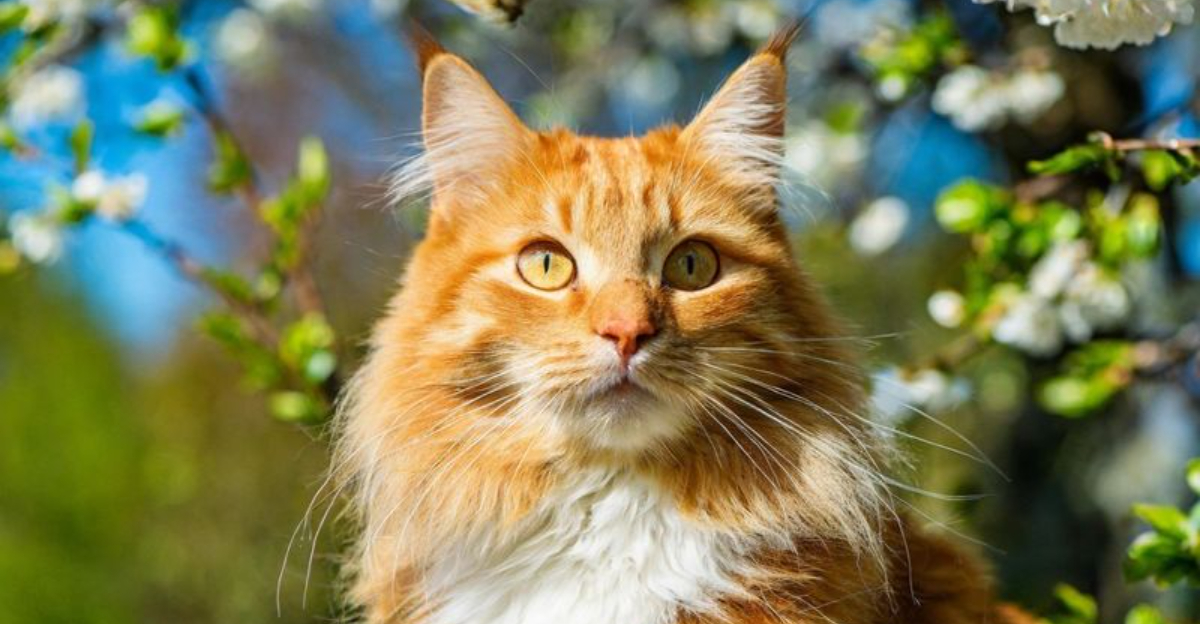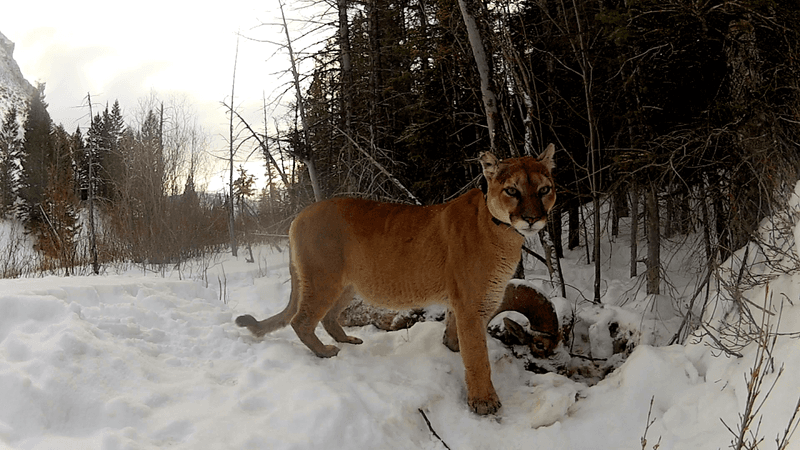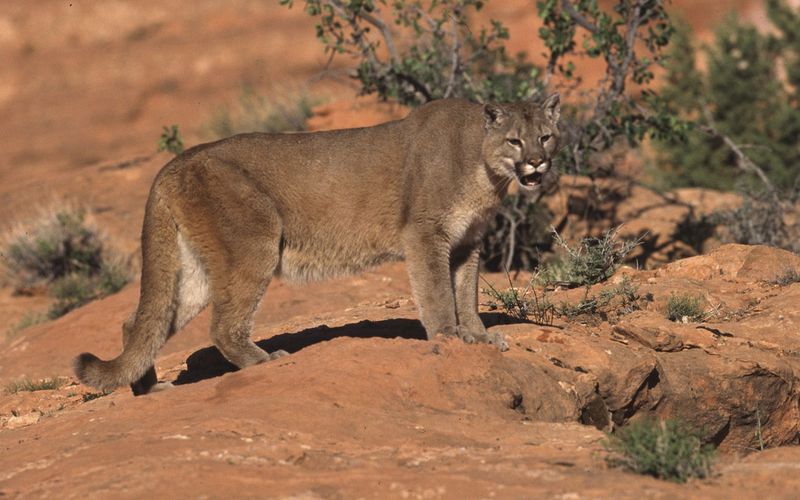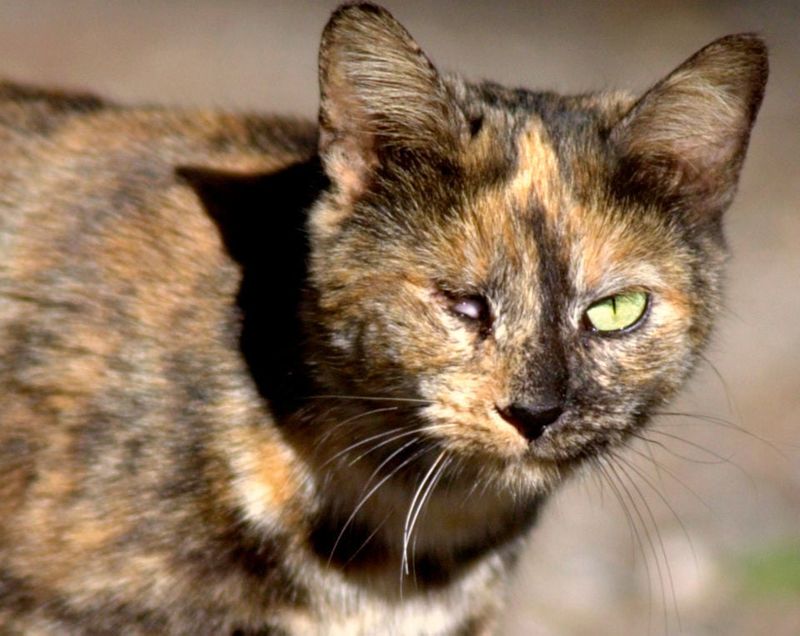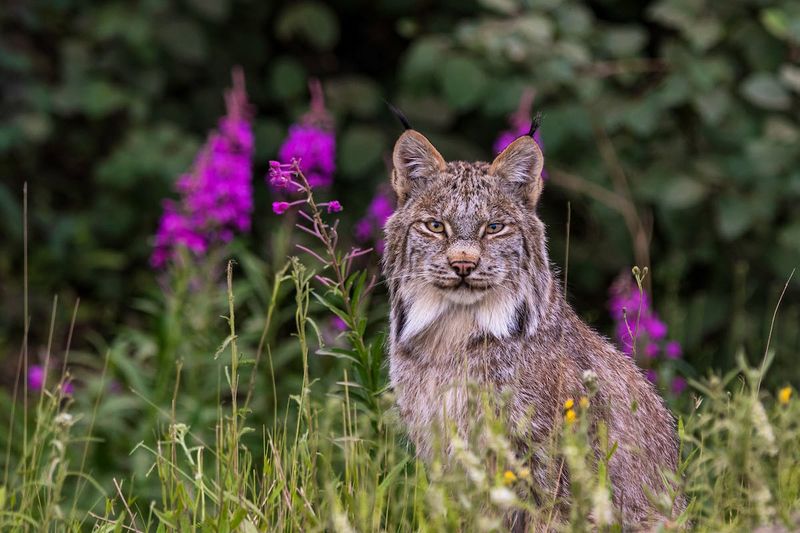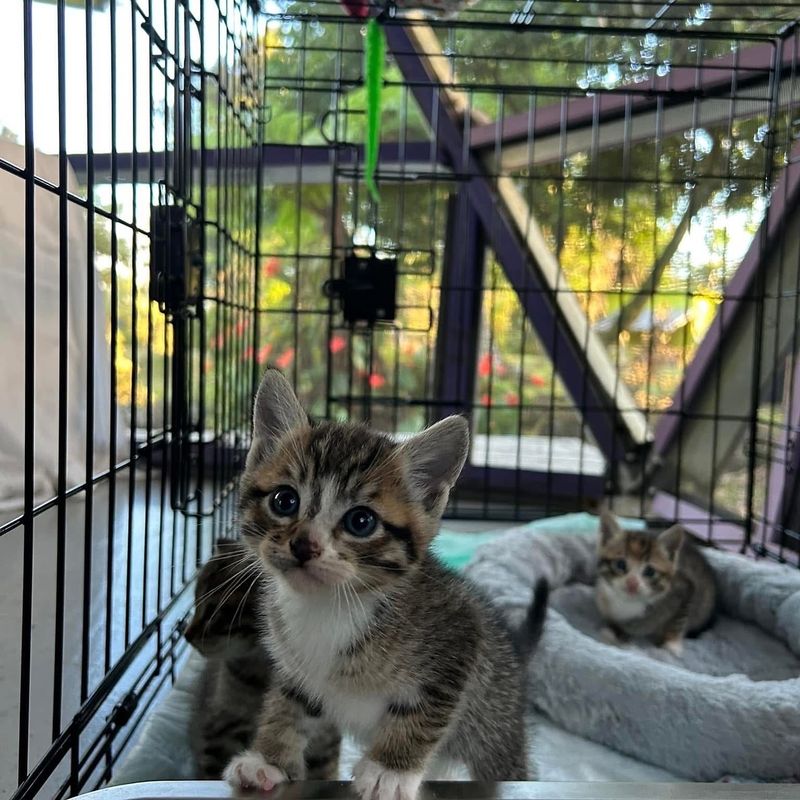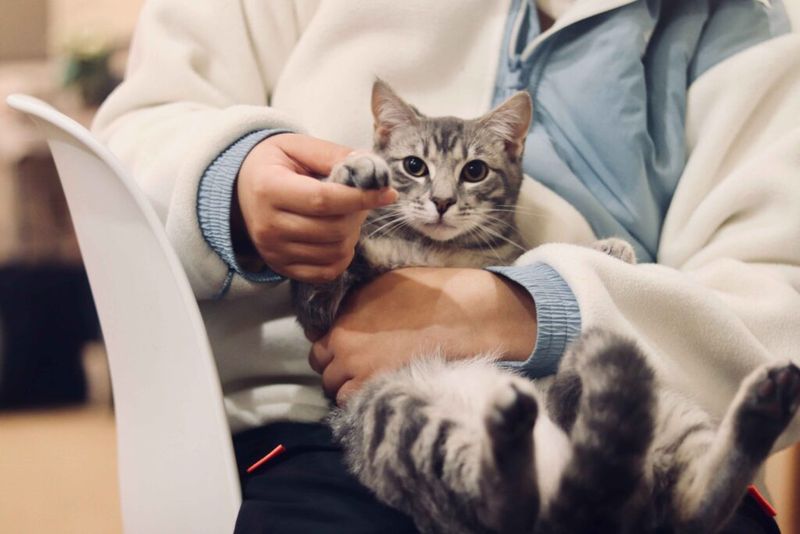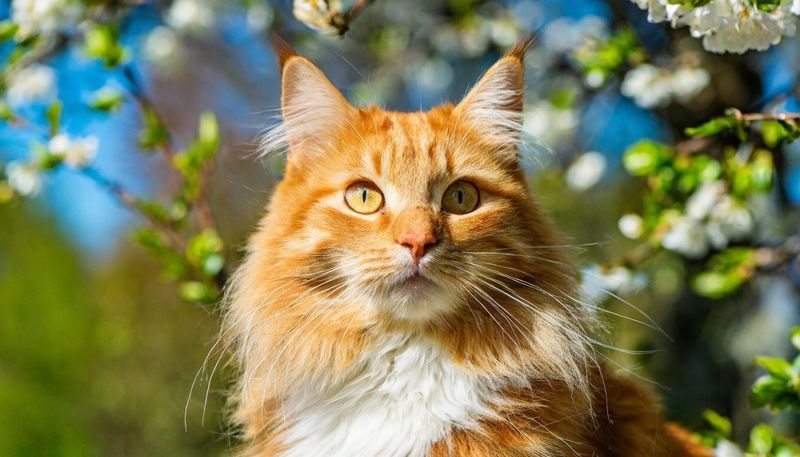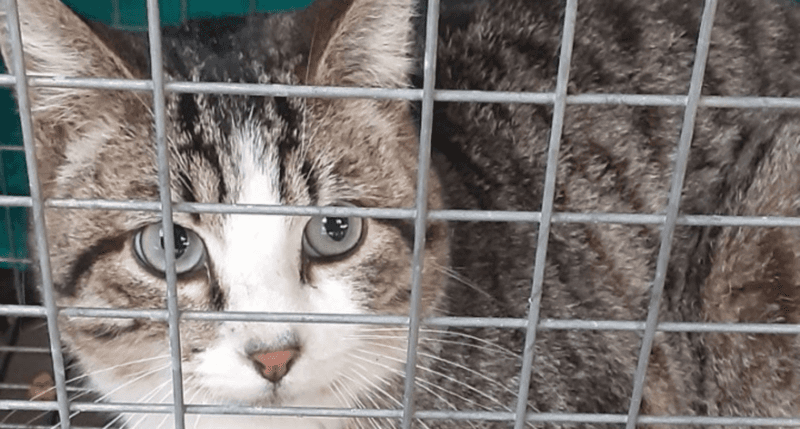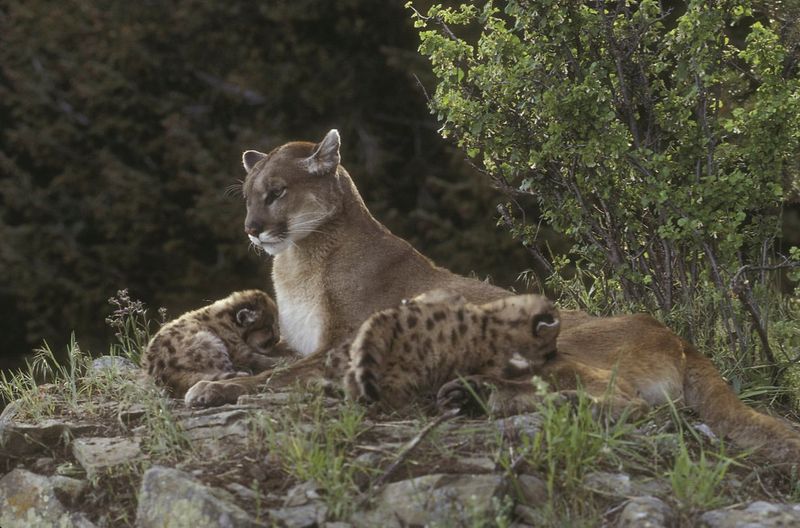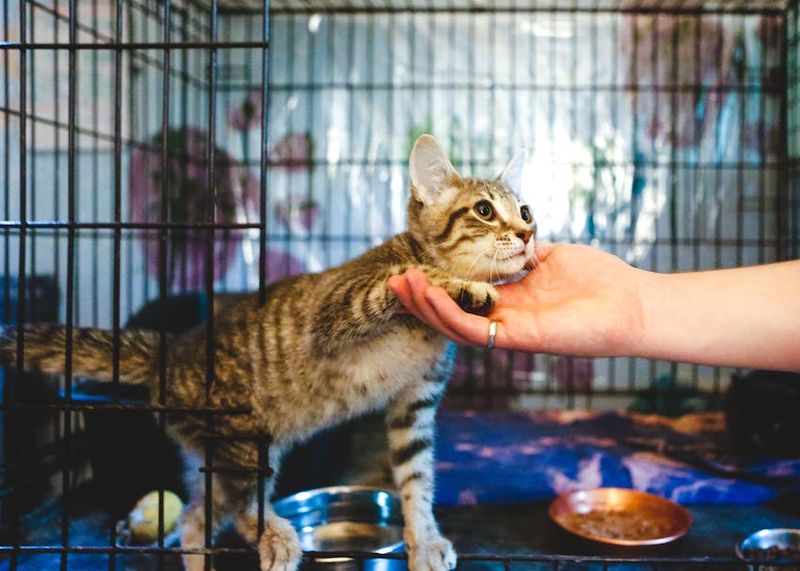📖 Table of Content:
- 1. Wyoming’s Wild Weather Woes
- 2. Nevada’s Desert Dangers
- 3. Louisiana’s Lethal Humidity
- 4. Alaska’s Isolation Issues
- 5. Hawaii’s Quarantine Quandary
- 6. North Dakota’s Veterinary Void
- 7. Texas’s Troubling Temperature Extremes
- 8. Utah’s Unfriendly Urban Policies
- 9. Montana’s Predator Problems
- 10. Mississippi’s Miserable Feline Resources
Owning a cat in the U.S. can be a joy—but that experience varies greatly depending on where one lives. Certain states pose challenges that go beyond typical pet care, making life with a feline companion more complicated than expected. These challenges are often tied to local laws, climate, or limited access to pet-friendly housing.
In some regions, extreme weather conditions can make it difficult to keep indoor-outdoor cats safe and healthy. Other areas suffer from a lack of veterinary services or have strict pet ownership restrictions in rental agreements. Even public attitudes toward stray and community cats can influence the overall environment for responsible cat ownership.
For those considering a move, it’s worth looking beyond just the job market or scenery. Not all states are equally welcoming to pets, and cats, in particular, may face unexpected obstacles. The following list highlights states where feline companionship comes with more than the usual set of responsibilities.
1. Wyoming’s Wild Weather Woes
Wyoming’s harsh climate poses serious challenges for indoor-outdoor cats. Brutal winters with temperatures plunging below zero create dangerous conditions for felines who love to roam. Heavy snowfall can disorient cats, causing them to lose their way home.
The state’s wildlife laws also complicate matters. Cats are considered potential threats to local ecosystems, particularly to bird populations. Some counties have enacted strict ordinances about roaming pets.
Veterinary care is another major concern. With the lowest population density in the continental US, Wyoming has fewer specialty vet clinics. Cat owners often drive hours for emergency treatment, a frightening prospect during medical crises.
2. Nevada’s Desert Dangers
Scorching desert heat makes Nevada particularly hazardous for cats. Summer temperatures regularly exceed 100°F, creating the risk of heat stroke and burned paw pads on hot pavement. The arid climate also means cats need constant access to fresh water to avoid dehydration.
Urban areas like Las Vegas present unique challenges, too. The 24/7 lifestyle means more traffic at all hours, increasing dangers for outdoor cats. Coyotes and other predators frequently venture into residential areas, hunting small pets.
Nevada ranks poorly for animal protection laws according to the Animal Legal Defense Fund. Limited resources for animal control and shelter services mean fewer safety nets for lost or abandoned cats.
3. Louisiana’s Lethal Humidity
Sweltering humidity combined with tropical temperatures creates a breeding ground for parasites in Louisiana. Fleas, ticks, and heartworm-carrying mosquitoes thrive year-round, making preventative medications an absolute necessity rather than a seasonal concern.
Hurricane season poses another significant threat. Emergency evacuations become complicated with cats, and many emergency shelters don’t accept pets. Devastating storms have separated countless cats from their families.
The state’s high poverty rate affects animal welfare resources. Louisiana shelters are chronically underfunded and overcrowded, with some of the highest euthanasia rates nationwide. Finding specialized feline medical care outside major cities can be nearly impossible.
4. Alaska’s Isolation Issues
Extreme isolation makes Alaska particularly challenging for cat owners. Many communities are accessible only by plane or boat, creating logistical nightmares when cats need specialized veterinary care. Emergencies often require expensive air transport to reach the nearest animal hospital.
The prolonged darkness during winter months affects cats’ mental health. Depression and behavioral issues frequently develop as cats experience disruption to their natural light-based rhythms.
Wildlife threats abound in America’s last frontier. Eagles have been known to target small cats, while larger predators like wolves and bears pose serious dangers to outdoor felines. The prohibitive cost of shipping cat supplies to remote locations adds another layer of difficulty for devoted cat owners.
5. Hawaii’s Quarantine Quandary
Hawaii maintains one of the strictest pet quarantine systems in the nation. Cats entering the state face mandatory confinement periods that can last up to 120 days, causing significant stress for both felines and their owners. The process involves extensive paperwork, multiple veterinary visits, and substantial fees.
Housing presents another major obstacle. Hawaii’s limited real estate and high cost of living mean fewer pet-friendly rental options. Many apartments enforce strict no-pet policies or charge exorbitant pet deposits.
The tropical climate brings unique health challenges too. Feline asthma rates are higher due to volcanic emissions on some islands. Year-round parasite pressure means constant preventative care, while the isolation of the island chain limits access to specialized veterinary services.
6. North Dakota’s Veterinary Void
Severe veterinary shortages plague North Dakota, creating genuine healthcare deserts for cat owners. Rural communities often lack even basic veterinary services, forcing families to drive hundreds of miles for routine care. Emergencies become truly frightening when the nearest 24-hour clinic is in another state.
Brutal winters pose additional challenges. Temperatures regularly drop below -20°F, making outdoor time impossible for cats for months at a stretch. Indoor-only lifestyles become mandatory, potentially causing behavioral issues in cats accustomed to outdoor exploration.
The state’s agricultural focus means less emphasis on companion animal services. Pet supply stores are scarce outside major towns, and specialty cat products often require ordering online with significant shipping delays during the lengthy winter months.
7. Texas’s Troubling Temperature Extremes
Texas’s infamous temperature swings create serious health risks for cats. Summer heatwaves regularly push thermometers above 100°F for weeks, while winter can bring unexpected freezes that leave cats vulnerable to hypothermia and frostbite, especially in homes not designed for extreme cold.
The state’s size creates significant veterinary care disparities. While major cities offer excellent feline medical services, rural areas suffer from severe shortages. Some counties lack even a single veterinarian, forcing cat owners to travel extensively for basic care.
Texas leads the nation in natural disasters affecting pets – from hurricanes along the coast to tornadoes in the north and wildfires in the west. Emergency planning becomes especially complicated for multi-cat households facing potential evacuation.
8. Utah’s Unfriendly Urban Policies
Restrictive housing regulations make Utah particularly challenging for cat lovers. Many municipalities limit households to just two pets total, forcing difficult decisions for multi-cat families. Homeowners’ associations frequently impose additional restrictions, sometimes banning pets entirely from certain communities.
Salt Lake City and the surrounding areas struggle with poor air quality, creating health concerns for cats. Respiratory issues are common, especially during winter inversion periods when pollution becomes trapped in valleys.
The state’s focus on outdoor recreation and family activities has resulted in fewer cat-friendly accommodations. Finding pet sitters during Utah’s busy tourist seasons becomes exceptionally difficult, and boarding facilities often prioritize dogs over cats, offering limited feline-specific services.
9. Montana’s Predator Problems
Montana’s abundant wildlife creates constant danger for outdoor cats. Mountain lions, wolves, coyotes, and even eagles view domestic cats as prey, making supervised outdoor time essential. Rural properties report high rates of pet disappearances attributed to predators.
Extreme weather compounds these challenges. Winter temperatures routinely drop well below zero, while summer brings wildfire risks that can necessitate rapid evacuations. The state’s low population density means fewer emergency boarding options during natural disasters.
Limited access to veterinary specialists creates additional stress for cat owners. Feline health issues requiring specialized care often mean traveling to neighboring states. The economic reality of Montana’s seasonal tourism economy also means fewer year-round pet services in many communities popular with visitors.
10. Mississippi’s Miserable Feline Resources
Mississippi consistently ranks among the lowest states for animal welfare resources. Public shelters are chronically underfunded, leading to high euthanasia rates for cats. Trap-neuter-return programs for managing feral cat populations are practically nonexistent in many counties.
The state’s high poverty rate affects pet care accessibility. Veterinary services are concentrated in wealthier areas, creating care deserts in rural and economically disadvantaged communities. Basic preventative treatments like vaccines and parasite control remain out of reach for many cat owners.
Extreme humidity and heat create ideal conditions for flea infestations and heartworm transmission. Mississippi’s long mosquito season means cats need year-round protection against these parasites, adding significant costs to responsible cat ownership in a state with limited economic resources.
